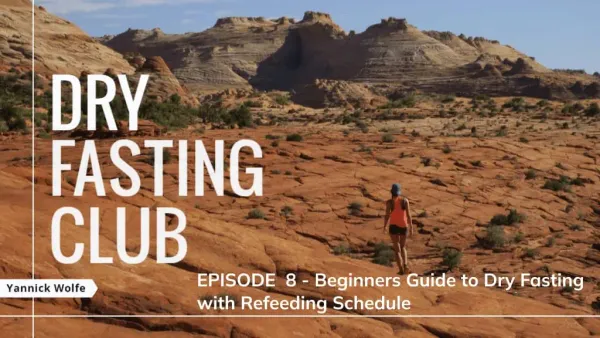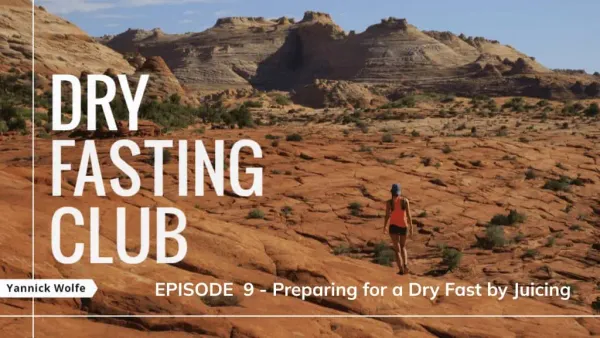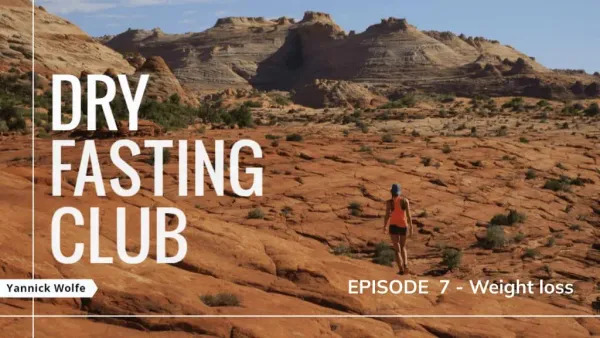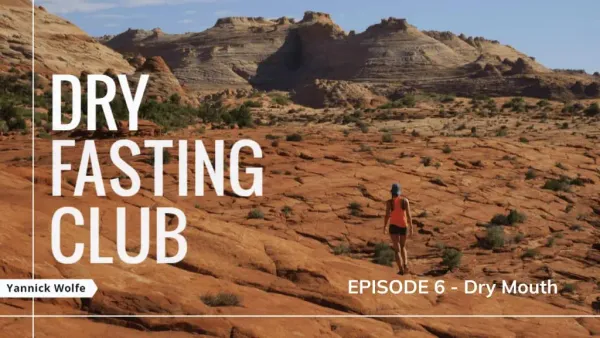Introduction
Welcome to the Dry Fasting Club and the beautiful world of dry fasting, I’m Yannick Wolfe and I hope to be able to guide you on your dry fasting journey.
Before we continue, it’s important to note that the information provided here is done to the best of my experience and research, however, it should never be taken as medical advice. You should always speak to a medical professional about your decision to attempt fasting in the first place. Please treat this information as entertainment only.
I’d also like to let everyone know that if you are interested in fasting, specifically dry fasting; make sure you join the Dry Fasting Club’s discord group. It’s where you’ll find expert fasters that can answer most of your questions. As well as like-minded people that are also on the fasting journey. The link to the discord, as well as references to the topics discussed will be in the notes. Ok, let’s get started.
Dedication
I’m dedicating this episode to beginners who want a clear-cut explanation of one of the methods that I follow. There is not enough information out there on ways of refeeding.
This is how I would approach dry fasting if I had to start all over again. Think of this episode when you meet someone that is new to fasting and wants to get started as soon as possible. Let them listen to this, and understand the importance of starting incremental steps.
Fasting is an ancient art that requires nothing from us other than time and discipline. Remember this when someone tries to sell you their miracle powders with wild claims.
Introducing you to Fasting
Ok, so what is fasting?
You should have a basic understanding that fasting means extended deprivation of something. Dopamine fasts, where you are not allowed to do activities that release dopamine like watching tv, playing video games, or scrolling through social media. Food fasts like intermittent fasting or water fasting where you don’t eat food for a specific time period. Or you can do dry fasting, where you literally put nothing in your body.
Pros
There is great evidence that fasting is very beneficial to our health, and I’m sure you’ve heard of this already or you wouldn’t be here. There is also a lot of evidence that fasting helps when you are trying to fix addictive behaviors – it can rewire your brain. The logic follows that the more you deprive your body, the stronger the healing effects.
So, if this line of thinking is followed, of course, dry fasting will give the most healing because it’s the most depriving of all the fasts. This all happens because our body has this amazing mechanism of adaptation. It’s called the hormetic effect. The hormetic effect means stress to your body, and it triggers a bunch of different things that will try and make you stronger, so that you can withstand that same stress better in the future. In the case of food and water deprivation, the body tries to restructure itself into a more optimized and efficient self. It will try to use energy better, turn off unnecessary parts, eat old and deformed cells, degrade misfolded proteins, and much more.
You’ll hear of people shrinking their tumors, fixing old injuries, scars disappearing, and skin becoming tighter. It’s why fasting shows a rejuvenation effect. You start to feel younger the more you fast. Losing weight is just a bonus in my opinion. (Although the weight loss is phenomenal).
The secret of weight loss
Of course, there are a lot of caveats to this, and I’m sure you’ve all heard that a lot of the weight that you lose during fasting will bounce right back the moment you break the fast. The same is said about most fad diets that people try. While this is true for 99% of the different diets, and there’s also an argument that water fasting is similar… dry fasting is a beast of its own.
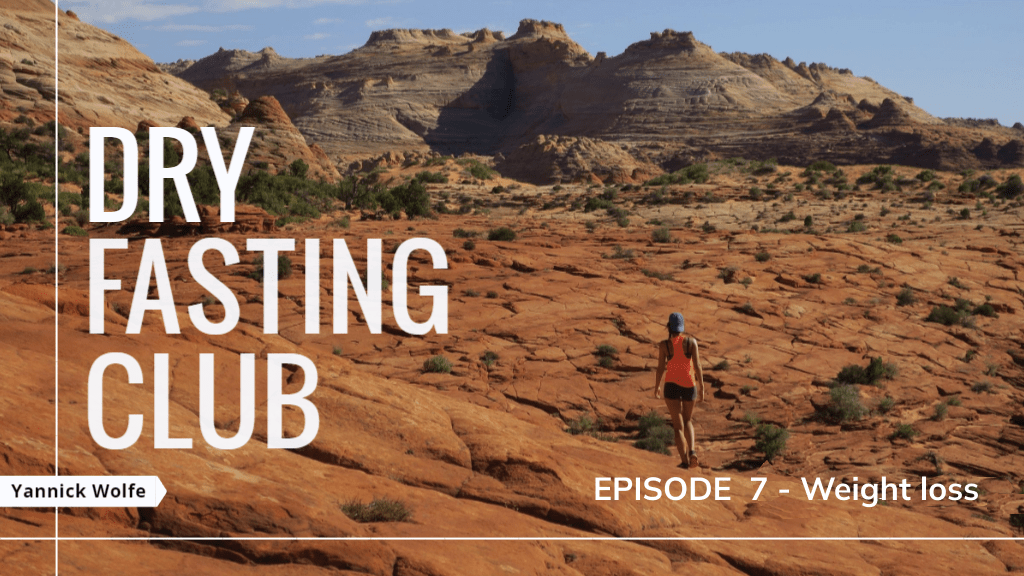
It’s honestly, the secret art of weight loss. Your body goes through a recomposition during a dry fast and you’ll really need to try your butt off, to regain all the weight even if you start pigging out. The key here is the refeed. You’ll need to refuel slowly while avoiding salt. After the period is finished you can go back to eating much more and more often. I’m not advocating for you to pig out after a fast though, please remember that that is NOT a good way to go about this.
Cascading effects
Fasting is beautiful because it rebuilds an appreciation for food, and in this case, water as well. If you’ve ever had trouble ditching coffee or sweets. If you’ve ever had trouble quitting sodas or delicious fried foods. I can’t think of anything faster and more efficient than performing some serious water or dry fasts.
Fasting causes a few cascading effects to happen in your body, the longer you do it. As you start fasting, your body slowly uses up its glucose reserves. These are reserves that mainly come from you eating carbohydrates in the form of bread, pasta, grains, fruits, sugars, and sweets. As the glucose reserves go down, your body starts panicking a little bit. Uh oh, our super fast, quick energy is disappearing! May day may day! This triggers a mechanism called ketosis, where your body starts to realize it needs to start tapping into its fat stores to produce ketones for energy.
It turns out that Ketones are a much better energy source for the brain than Glucose because of their more efficient pathway. When Ketones are used to produce energy using Oxygen, more ATP is produced per molecule with Ketones than with Glucose.
Autophagy
Out of the other hundreds of mechanisms that are started during fasting, autophagy is one of the most important, and hopefully, you’ve heard about it. Autophagy is the golden ticket as to why fasting has so many benefits.
Autophagy is your body’s process of reusing old and damaged cell parts. Cells are the basic building blocks of every tissue and organ in your body. Each cell contains multiple parts that keep it functioning.
Over time, these parts can become defective or stop working. They become litter, or junk, inside an otherwise healthy cell. There are dozens if not hundreds of different autophagic mechanisms that your body can activate. Thinking that intermittent fasting or water fasting will activate all of them is silly in my opinion.
New studies
This is where dry fasting excels. There are new studies showing that new autophagy mechanisms are induced during dry fasting. These new mechanisms do not occur even during super-long water fasting. They’re unique to only dry fasting. Look up a study called “Hypertonic Stress Promotes Autophagy and Microtubule Dependant Autophagasomal Clusters”.
This is why dry fasting is the most effective cure for many diseases and why people who do it, swear by it. I bet there are hundreds more undiscovered mechanisms that occur during dry fasting.
Not to mention that dry fasting is regarded as being around 3x stronger than water fasting. So in that sense, 3 days of dry fasting are equal to 7 or 9 days of water-only.
Why you need to start small
Since this guide is for absolute beginners to fasting, it’s important to explain why we don’t dive into dry fasting right away. Dry fasting is an absolute stress on the body.
We know that putting your body through stressors triggers the hormetic effects which are necessary to strengthen and improve your body’s capabilities. It turns out that when you cause some of these stressors, you also activate a lot of healing. If you do multiple cold exposures, your body gets cold-adapted, but at the same time, you will unlock specific cold therapy healing mechanisms.
If you do heat therapy like saunas, your body will become more efficient at cooling itself and at the same time, you unlock a healing mechanism based on heat shock proteins. These heat shock proteins provide another unique type of autophagy that you can’t get anywhere else.
The stressors effect
Water and Food deprivation is the ultimate stressor, so you can expect the ultimate rebound healing effect as well. But that’s why it’s so important that you start small. Because stressors are stressors for a reason. They put stress on your body, and if you overdo it, you can get hurt.
There is nothing worse than attempting to heal your body but ending up injuring yourself in the process. You’ll hear this over and over. This is not a sprint. Expect to take time to learn what it means to fast properly and learn to listen to your body.
Learn how your body reacts during the glycogen depletion stage, learn how powerful boredom can be when it comes to hunger, and feel what it feels like to fight the urge to pig out during your refeed.
The Wolfe Dry Fasting Beginners Protocol
So, I have created a guide that I call the Wolfe Apprentice Protocol that specifically focuses on absolute beginners to dry fasting. It also assumes you’re a beginner to fasting in general. However, if you’ve water fasted in the past, feel free to skip the water fasting sections.
The water fasting section
summarizes into a one-month water fasting crash course. The gist of it is as follows:
- Start with a 48-hour water fast. Then take 5 days break to refeed.
- Then do a 72-hour water fast. Then take 5 days break to refeed.
- Then do a 120-hour water fast. And take 10 days break to refeed.
This will be the fastest and most efficient way to level up your fasting experience while at the same time giving your body time to adapt and become better at it. After this first month, you will be ready to move on to dry fasting. Because you have built up this fasting muscle, you can start with a two-day dry fast.
Your next month will look like this
- Start with a 48-hour dry fast. Then take a 5-day break to refeed.
- Then do a 72-hour dry fast. Then take a 6-day break to refeed.
- Then do a 120-hour dry fast and take at least 10 days’ break to refeed.
After you’ve completed the two-month introduction to fasting, you will be able to call yourself an experienced faster, and new questions will pop up. Hopefully, you will continue the journey and keep learning.
Wolfe Dry Fasting Speed Run Protocol
And now, for those that will want a cheat sheet approach, and will cut corners anyways, here’s an alternate version that doesn’t move as slowly, so naturally, it will be less safe. It is not recommended for most people, and specifically, if you are very sick or old, you should take this as gradually as possible. This is called the Wolfe Dry Fasting Speed Run Protocol
Jumping straight into dry fasting if you’re decently fit and healthy will look like this. A 36-hour dry fast, refeed, followed by 72 hours dry fast, refeed, and then a 120-hour dry fast.
You start with a 36-hour dry fast to get your feet wet.
This is simply one day and two nights. This will show you how your body will react to the beginnings of a dry fast. If you’ve got too much toxicity, too much caffeine withdrawal, or too much sugar withdrawal. It is highly recommended to eat a strict ketogenic diet for 2 days prior to starting this.
After you complete the 36 hours
you refeed for 3 days (or longer) and then do a 72-hour dry fast. This is the one that shows you that it is perfectly possible for you to go 3 days without water, breaking a big society-induced mental block. Refeed for 5 days and then do a 120-hour dry fast.
This is the ultimate step for most people. If you are not suffering a chronic debilitating injury, you will most likely not need to dry fast longer than 5 days. Multiple 5-day dry fasts have been shown to heal most injuries and health issues.
If you have a severe illness, then you will need to continue this journey of learning and lengthening your dry fasts. This will involve experimentation, listening to your body, reading other people’s experiences, potentially a coach to speed things up and peace of mind, and time. Some common severe illnesses that 9 to 11-day dry fasts are expected to heal, AND I’ve personally helped are long covid, lupus, Lyme disease, and various other autoimmune issues.
Diet choices
This next part will explain how to fast, what to eat afterward, and when to do it with a step-by-step guide, but before we get there, let’s talk about food choices.
There is currently a big divide between different schools of thought when it comes to diets and what people are eating. On opposite sides, you have the vegan diet versus the carnivore diet. The carnivore diet has been gaining popularity quite quickly, with its ability to provide drastic anti-inflammatory effects.
Nonetheless, both vegans and carnivores dry fast to excellent results. Why is the carnivorous diet winning? Probably because animal products are more satiating to the average consumer, so it’s much easier to deal with the transition. Is it the correct answer for the healthiest diet? We don’t know. I’m not a fan of picking a side and never straying from it, so I like to dabble in everything. I will say that I try to avoid gluten and artificial sugar as much as possible though. Let me go off on a bit of a tangent.
Why do I avoid gluten?
I know that a lot of people jump on the gluten-free bandwagon, and there’s not enough evidence to say that gluten is bad for you. Sure, if you have celiac disease you need to avoid gluten, but it’s important to know that humans have digestive enzymes that help us break down food. Protease is the enzyme that helps our body process proteins, but it can’t completely break down gluten. It turns it into gliadin.
Gliadin is a protein that looks very similar to a thyroid enzyme, and if the body attacks the gliadin, you are setting yourself up for an autoimmune issue where your body is also attacking the thyroid.
If you have any issues that may be caused by hyperthyroidism or hypothyroidism, consider removing gluten from your diet.
Not only is gliadin an issue.
Gliadin and similar gluten-degraded substances are called gluten exorphins. These compounds have proven opioid effects and could mask a lot of bad effects. Imagine eating something poisonous to the body, naturally you’d expect to feel nauseated and sick. But because it’s processed into opioid-like substances, they create a feeling of euphoria and ‘feel-good’ symptoms that will hide those bad effects.
Think of drug addicts taking heroin because the euphoric feeling masks how damaging it is to their bodies. Suddenly that addiction to carbs starts to make sense, especially when you understand the addictivity of opioid substances.
We’ve all heard that bread turns to sugar in the body, and that sugar triggers similar receptors in the brain that cocaine does as well. But this gluten processing into morphine-like gluten exorphins starts to make a lot more sense.
Not to mention other problems…
Gluten intake is associated with the development of celiac disease and a lot of other related disorders like diabetes, depression, and schizophrenia. Also important to know is that a lot more people are being diagnosed with non-celiac gluten sensitivity, so you don’t truly need to have celiac disease to be negatively affected by gluten. So have I scared you off of eating gluten-based food? Good, let’s continue.
I mentioned that there’s a big divide between the carnivore way of eating and the vegan way of eating. For this ‘beginners fasting guide,’ I am going to focus on an omnivore approach. My current favorite. It does skip actual meat for the refeed period though since meat is very heavy on the digestive system. I’ll discuss both the carnivore and vegan approaches at a later time.
Preparations for your dry fasts
Before I start with the refeed program for beginners though, I need to briefly describe the preparation steps you should be doing before starting any extended dry fast. You want to make sure you are as well prepared as possible before your dry fast.
The best things you can do
is to start a ketogenic-based diet at least one week prior to your fast. This will help your body transition into fat burning and will begin the process of adaptation so that you are not stuck with a full-blown keto flu in the first days of your fast. You should also consider lowering your caffeine intake. If you are a coffee drinker, consider switching to green tea as you prep.
Your next step – juicing
is to transition from the keto diet to juicing for 3 days before you start your fast so that your bowels are very clean and do not have pieces of fermenting undigested food for when your digestive system shuts down. Juicing also brings in fantastic levels of electrolytes that hydrate you very deeply.
Here are three juicing recipes I use throughout the days. I chose these specifically because they taste amazing, but feel free to experiment a bit more with kale and other potassium-rich fruits and vegetables.
Green Goddess
- 3 stalks of celery
- 1/2 large cucumber, cut into quarters
- 1 medium green apple, cut into eighths
- 1 medium pear, cut into eighths
Ginger Zinger
- 2 medium apples, cut into eighths
- 5 carrots (no need to peel)
- 1/2 inch fresh ginger
- 1/4 lemon (remove peel to avoid bitterness)
Immune Booster
- 2 oranges, quartered (remove peel for less bitterness)
- 1/4 lemon (remove peel for less bitterness)
- 1 medium apple, cut into eighths
- 1/2” fresh ginger
When juicing during the 3-day preparation period, you can also drink milk kefir as a very digestible food. Kefir is not like other dairy products since it is easily digestible and contains little sugar (lactose), especially if you let it ferment for a longer period of time. The proteins in the milk also break down and are virtually in a pre-digested state.
You can also consider doing a water enema the night before and the morning of the fast.
This is the ultimate cleanse that will make your experience much easier. These enemas are able to get all the remaining toxins out of your colon. There is some evidence that the body will try and re-absorb anything it can get its hands on during an extended fast, including inside the colon.
Another thing that should be taken into consideration is that some pathogens will feed on anything left in your colon. Normally a quick juice fast before will be able to knock out 90% of the matter in your colon, so it’s up to you how clean you want to be going in.
The summary of the preparation
- Eat a ketogenic diet at least a few days before the fast
- Consider juicing 2-3 days before the fast to clean out your colon while super hydrating your body
- If you really want to do it in easy mode and ensure you can go longer, consider using a water enema before starting.
- Lower your caffeine gradually to as little as possible before you start.
- Lower your sugar consumption so you can get through sugar withdrawal before you start.
Refeed protocol schedule
This refeed schedule is based on someone doing a 3 to 5-day dry fast.
The refeed schedule can be adapted to longer and shorter fasts by extending or shortening the window. If you are doing a shorter than 3-day dry fast, then consider condensing the refeed program by merging days.
For example, putting days 1 and 2 together, and days 3 and 4 together. If you are going longer, you can extend day 1 to encompass 2 days of refeeding instead.
Also remember that as long as you can avoid processed food and artificial sugars, as well as avoid overeating, you will technically still be in a healthy refeed state even if you start consuming meat and dairy past day 6 of your refeed. Play around with this refeed schedule as a guide.
Details about the refeed
So let’s say you’re ready to start a 5-day dry fast. You’ve already completed a 5-day water fast and you’ve broken through a big fasting barrier. Body now understands that it won’t die without constant eating.
You’ve also hopefully already completed a 3-day dry fast as well, and broken through the second big fasting barrier. Your body now understands that it won’t die without constant water drinking.
The next big barrier will be a 5 to 7-day dry fast. This one will be the most important for healing because it will allow you to reach the acidotic crisis (which occurs around day 3) and continue throughout the healing crisis for a few more days. The first healing crisis completes around day 7. Sometimes faster sometimes slower, depending on many factors like body composition, fasting experience, toxicity levels, and more.
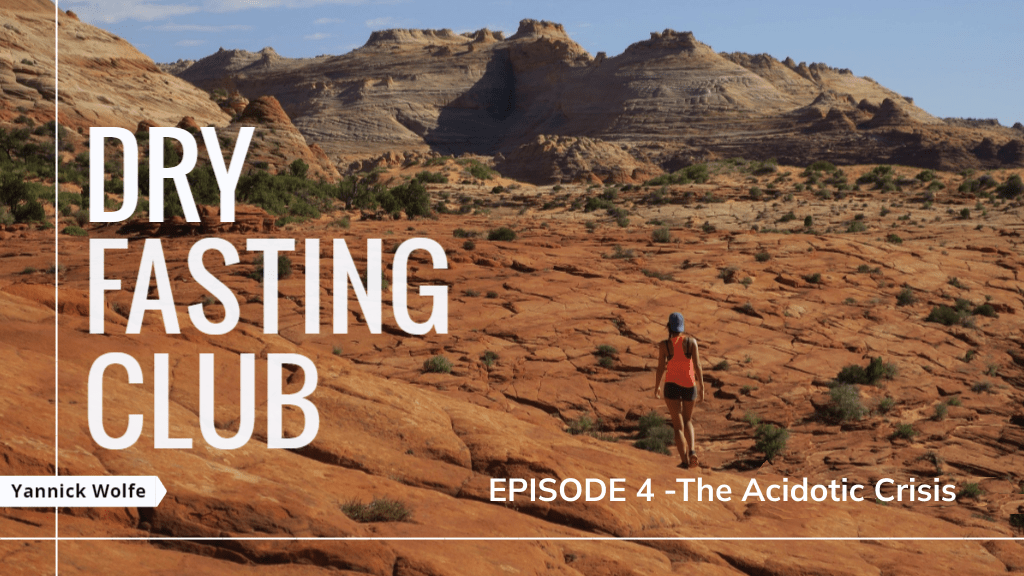
If you dig deeper there’s a secondary healing crisis that completes around day 11. People who have healed from severe chronic illnesses like Lyme disease, Lupus, and others, swear that you need to reach day 11 to truly rid yourself of the problem.
The claim is that the first 7 days eliminate the body of the illness, but the next few days eliminate the hidden roots of the illness. The point is that if you’re trying to maximize the healing of any chronic illness, you want to be able to reach past day 3 and the acidotic crisis, where deeper healing mechanisms are activated.
Don’t overdo it
Your journey does not require you to jump headfirst into super-long fasts. Many shorter ones have been shown to be very beneficial while you build up your fasting tolerance and experience.
I personally think this journey is one that should never end. After witnessing the miracles dry fasting can do for your body, how can you abandon it after you’ve healed yourself? There is always maintenance, rejuvenation, and even spiritual healing that would be wasted if you completely stopped.
Broth – Day 1
and all other days, you’ll see that eating meals are broken up into 5 per day, with 3-hour intervals. You’ll want to eat at 9 am, 12 pm, 3 pm, 6 pm, and 9 pm.
Of course, you can slightly modify the timings to accommodate your lifestyle, work, etc. But the main idea of spacing out your small meals is what is important. We start with bone broth.
You’ll want high-quality organic bone broth if you can.
Some people purchase it as powdered bone broth because it is so much easier to prepare, and some people make bone broth at home. It is also acceptable to get organic bone broth from the store that is already packaged and just needs to be heated up.
Bone broth is high in protein and low in calories, an excellent way to gently wake your body up and signal that it can start rebuilding. Bone broth is also rich in minerals that help build and strengthen your bones.
This is important because your body taps into your skeletal reserves when it requires minerals to buffer the acidity that ketosis causes. Bone broth also contains many other healthy nutrients, including vitamins, amino acids, and essential fatty acids AND they’re super easily absorbed by your body.
Add light lemon water from freshly squeezed lemons
This helps alkalize your body and clears up mucus and mucus-related pathogens that may still be living in you. Remember to seriously dilute the lemon water, so that you can barely taste the lemon. Add liberal amounts of potassium to your water and lemon water, since your body will be craving it. Potassium is one of the most important electrolytes and one that is lost extremely quickly during fasting.
I use a potassium salt called No-Salt, and you should be able to find them at your local grocery stores. It’s in the form of potassium chloride, instead of regular salt which is sodium chloride. You want to avoid regular salt because your body has upregulated a lot of mechanisms like aldosterone and other hormones that have done everything possible to hold onto the salt. By taking in more salt in your food right after a fast, your body will hold unto it like a drowning cat.

This is why a lot of people complain about rapid weight gain right after a fast. Eating salted foods early on will cause you to retain a lot of water and you will balloon up.
I also highly recommend adding a few drops of iodine into a glass of water daily. This helps with the mucosal issues and helps regulate your thyroid after a fast. There’s a lot of research into the benefits of iodine and a lot of people swear by it. From managing estrogen levels to immune system healing.
Kompot- Day 2
Here we basically do everything from day 1, but you don’t have to dilute the bone broth as much anymore. Using full-potency bone broth is fine. You can add fruit kompot into your daily routine on this day. Fruit kompot is basically boiled fruits. (Do not mistake this with culinary compote where you boil down the fruits into an intense jelly) You boil them for a few hours in a huge pot of water. The result is slightly flavored water. You get minerals, nutrients, and some sugars from the fruit, in a very digestible format. It’s very gentle and does not spike your insulin levels much, something you need to be aware of early after a fast. If the fruit compote is not sitting well with you, you can substitute it for watermelon. Remember to keep avoiding salt on this day.
Your body during a dry fast really holds on to sodium like nothing else, so we need to focus on the other electrolytes so you don’t bloat like a balloon. I like to add magnesium citrate on this day as well. Mix it with water and sip.
This helps get your digestive system moving and cleaning itself, as well as helps replenish your magnesium stores, which is the second most important electrolyte, following potassium.
Did you know that over 50% of Americans are magnesium deficient?
Coconut Water and kefir -Day 3
means we are adding coconut water and kefir to the list of foods to eat and drink. We’re still doing 1 cup at each meal only. And Kefir should only be taken once because it is dairy-based.
However, kefir is arguably the best digestible dairy option you can have and includes a wide variety of beneficial bacteria. Coconut water is added for its potassium and magnesium richness, as well as sugars that will help with waking up your metabolism.
You can eat and drink anything from the previous days as well. Try to keep salt to a minimum, if you need to use some salt, then try and use the pink Himalayan salt which has other minerals included. It’s not listed in the table, but you can also add some berries to this day as they are low in sugars, and high in water. Think watermelon, raspberries, and blackberries. I would recommend waiting another day for blueberries since they are higher on the glycemic index.
Fresh juice – Day 4
This is where you’ll start to get your larger amounts of sugars which will help speed up your metabolism even more. Because you’ve already started getting your body gradually used to sugars with the fruit compote and water kefir, you’re ready for the full-blown juices. Ideally, avoid pulp as much as possible, a juicer would be ideal. Make sure you add lots of lemon and citrus into your juices to top off your depleted vitamin C reserves as well as clean up the various organs with the citric acid.
On this day you can start having a little bit more than just one cup every meal, but it will continue to be important to portion control even though you will have urges to eat more. Feel free to start adding a little bit of salt on this day. Stick to Himalayan salt.
Steamed vegetables – Day 5
This is a fun day because you get to feel like you’re actually consuming solids since the other foods were very water-based. However, they are steamed and much more easily digestible than raw vegetables. You’ll still get fiber so it will start bulking up your stool. I love to mix in Cauliflower, Broccoli and Sweet Potato cut into pieces and steamed. Delicious.
Eggs – Day 6
It’s highly recommended to do poached eggs to avoid frying, but any style of egg can work. You’ll want to try to make sure that your yolk is runny so that you are not destroying the various vitamins. With this egg day, you are signaling to your body that the proteins and fats are now free flowing and your digestive system will need to keep up.
Feel free to start salting on this day. If you’ve successfully reached and breached day 6, you have done an amazing job refeeding, and it is still highly recommended to keep meals small on the following days as much as possible.
Summary
Please go to the ominvore refeed protocol to view the chart. Link below.
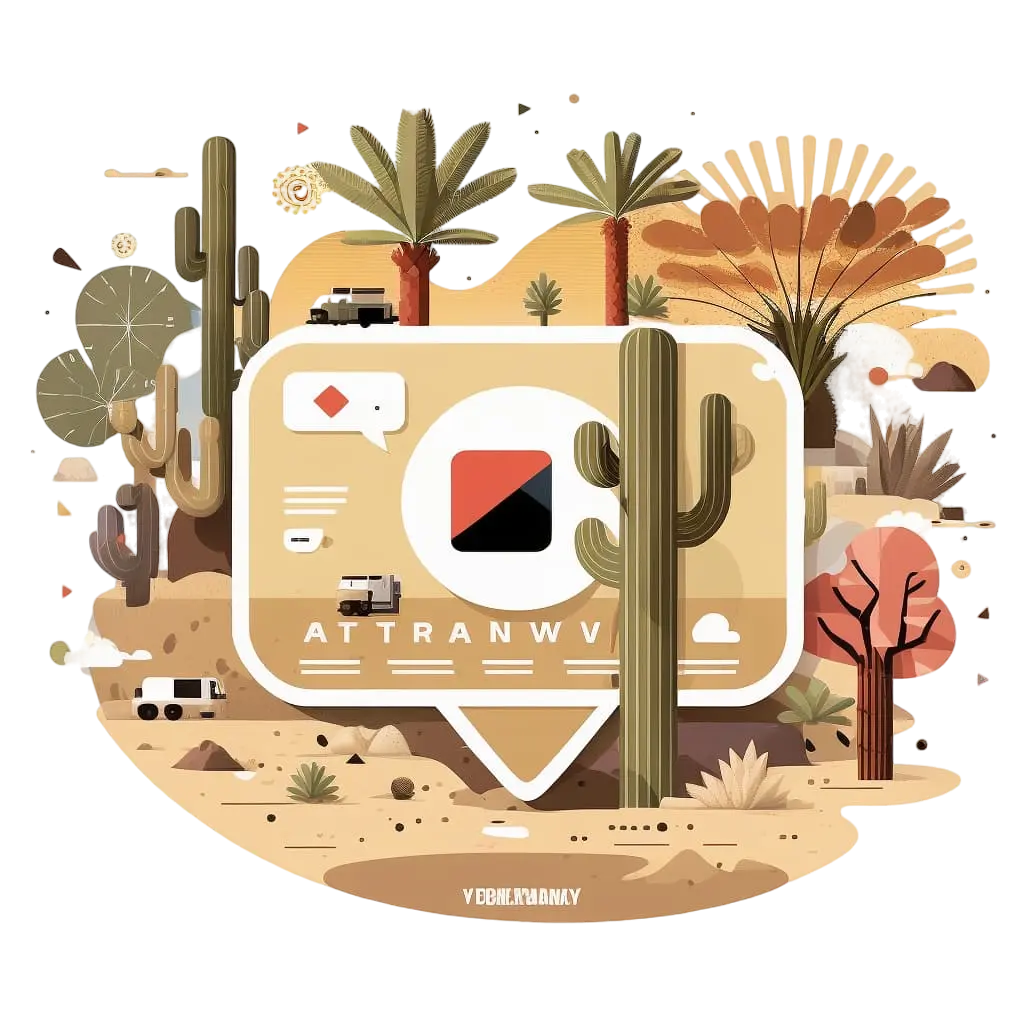
A few words at the end
Well, we’re at the end of the episode. As always, references are in the show notes. If I’ve convinced you to try a day or two of dry fasting, maybe I’ve saved you some money on groceries or some bottled water. If you would like to support this podcast and my work at exploring dry fasting topics, I have a link in the show notes where you can donate and buy me a coffee. You’ll also get access to a private server for members. Leaving a 5-star and a like or a comment goes a long way too. If you have questions, feel free to leave a comment on the youtube podcast episodes and I’ll try to answer them and compile the best ones into future videos.
That’s it for this episode. I hope you enjoyed it. Thanks for listening, make sure you join our discord, telegram, or facebook group. Good luck on your dry fasting journey!
References
https://my.clevelandclinic.org/health/articles/24058-autophagy
https://eranyona.com/ketones-vs-glucose-interesting-facts/
https://www.ncbi.nlm.nih.gov/pmc/articles/PMC5025969/
https://pubmed.ncbi.nlm.nih.gov/30060266/
https://www.youtube.com/watch?v=pdMOxVRtCkc&ab_channel=Dr.EricBergDC
https://www.modernroots.org/blog/what-is-milk-kefir#/
https://www.healthline.com/nutrition/bone-broth#vitamins-and-minerals
https://www.ncbi.nlm.nih.gov/pmc/articles/PMC5786912/
